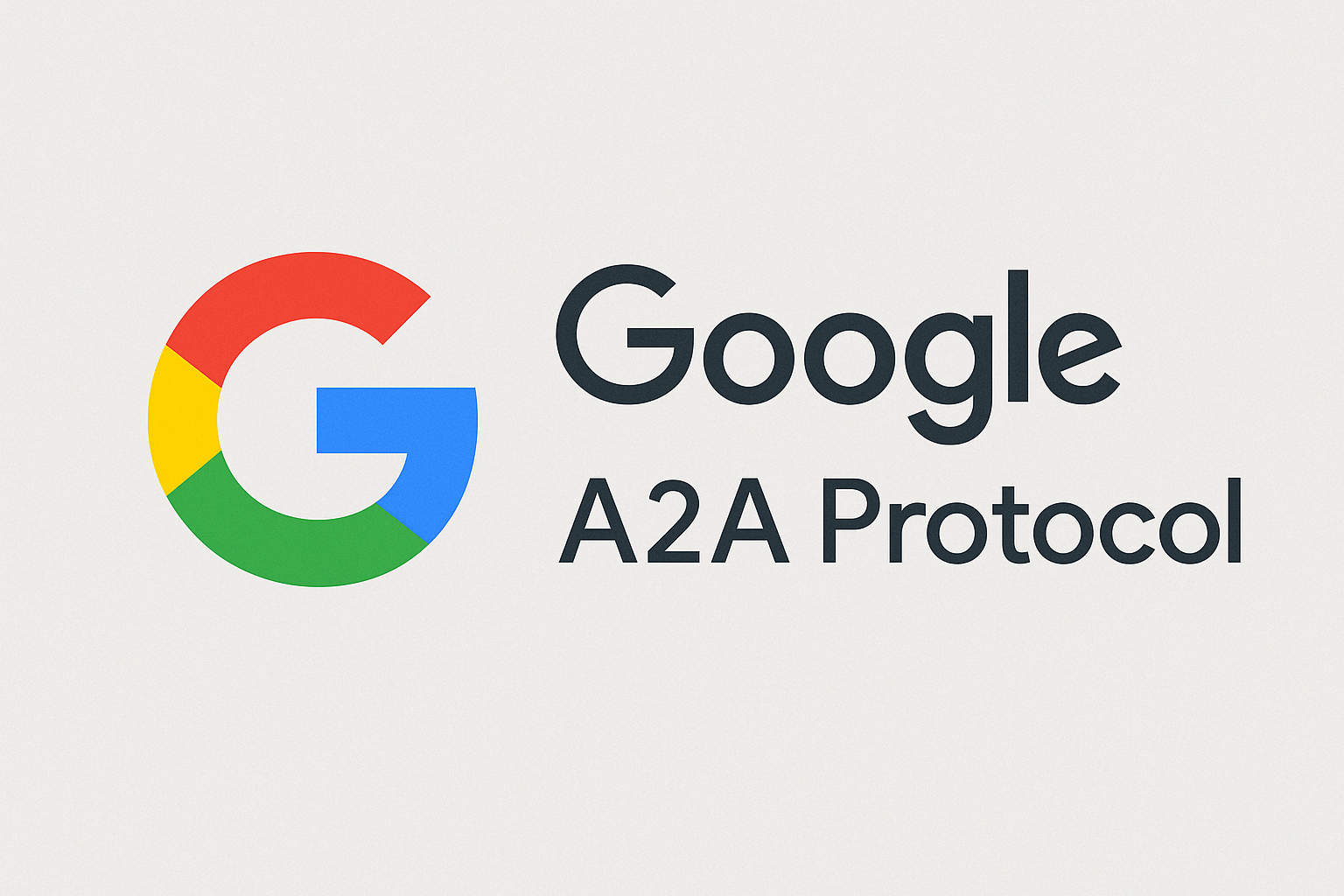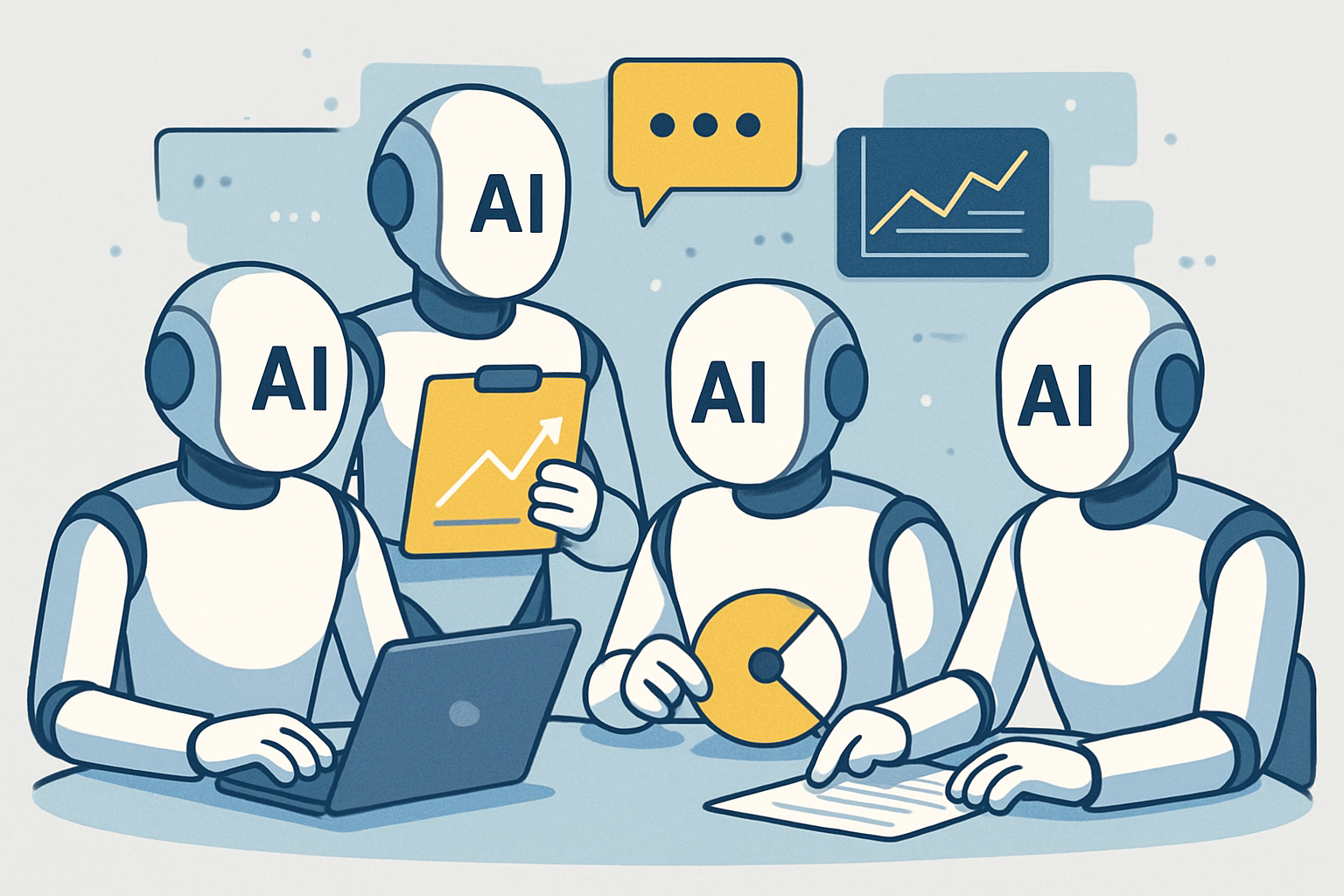Google's A2A Protocol: A Solo Developer's Dream for Building AI Systems

Well, well, well—looks like the AI playground just got a lot more interesting! Google recently unveiled their Agent2Agent (A2A) Protocol at Google Cloud Next, and as a fellow code-slinging hobbyist building AI solutions in your spare time, I think you'll want to pay attention.
What Is A2A and Why Should You Care?
Google's A2A is essentially a universal language for AI agents to communicate with each other. Think of it as giving your AI agents sophisticated digital passports to travel between different AI ecosystems. Your home-brewed customer support bot can now seamlessly chat with your inventory management system without you having to build custom bridges between them.
Key Capabilities of A2A Protocol
- Capability discovery: Agents can advertise their skills via standardized "Agent Cards" in JSON format
- Secure communications: End-to-end encryption for all agent interactions
- Task negotiation: Agents can agree on parameters before execution
- Multimodal communication: Not just text, but computational workflows, ML insights, and even audio/video
- Task delegation: Complex problems can be broken down and distributed across multiple agents
How This Benefits Solopreneurs Like Us
For hobbyists and solo developers, A2A is a game-changer. No more reinventing the wheel—you can now mix and match specialized agents from different frameworks (LangChain, CrewAI) and vendors (Google, OpenAI, Anthropic) without building custom integrations.
Build incrementally by creating one solid agent at a time and let them talk to each other. Focus on your strengths by specializing in building agents that do one thing really well, then connect them with others. The barrier to entry is lower since A2A is built on existing internet standards like HTTP, SSE, and JSON-RPC.

The Industry Is Evolving Fast
Remember Anthropic's Model Context Protocol (MCP) announcement a few months back? That was about efficiently providing context and tools to LLMs. Now with Google's A2A, we're seeing the next evolution: agent-to-agent communication.
"We're witnessing the AI industry transform from a wild west of incompatible solutions to a cohesive ecosystem in less than a year. The days of isolated AI agents are numbered—the future belongs to collaborative networks of specialized AI systems." - Andrej Karpathy
Practical Applications for Your Side Projects
Imagine building a personal assistant that coordinates with specialized agents for email, calendar, and task management. Or a content creation suite where research, writing, and editing agents collaborate. Even a home automation system where agents managing different devices negotiate optimal energy usage becomes much more achievable with A2A.
Cautious Hype Is Justified
With over 50 leading tech companies already supporting A2A, this isn't just another protocol that will fade into obscurity. Google's building on their internal experience with agentic systems, which suggests A2A is designed for real-world scalability.
That said, we're still in early days. The specification is in draft form, and practical implementations are just beginning. But for hobbyists who want to stay ahead of the curve, now's the time to start experimenting with multi-agent architectures.
The Bottom Line
Google's A2A Protocol represents a shift from thinking about AI as isolated systems to collaborative networks. For solopreneurs and hobbyists, this means you can build more sophisticated solutions with less code and less integration headaches.
The AI revolution is approaching its "internet moment"—when standardized protocols enable an explosion of innovation. Just as the HTTP protocol helped create the web as we know it, A2A might be laying the groundwork for an "internet of agents."
Time to roll up your sleeves and start thinking about how your AI projects can evolve from solo performers to orchestras. The future of AI is collaborative, and thanks to A2A, that future is now accessible to tinkerers like us.



